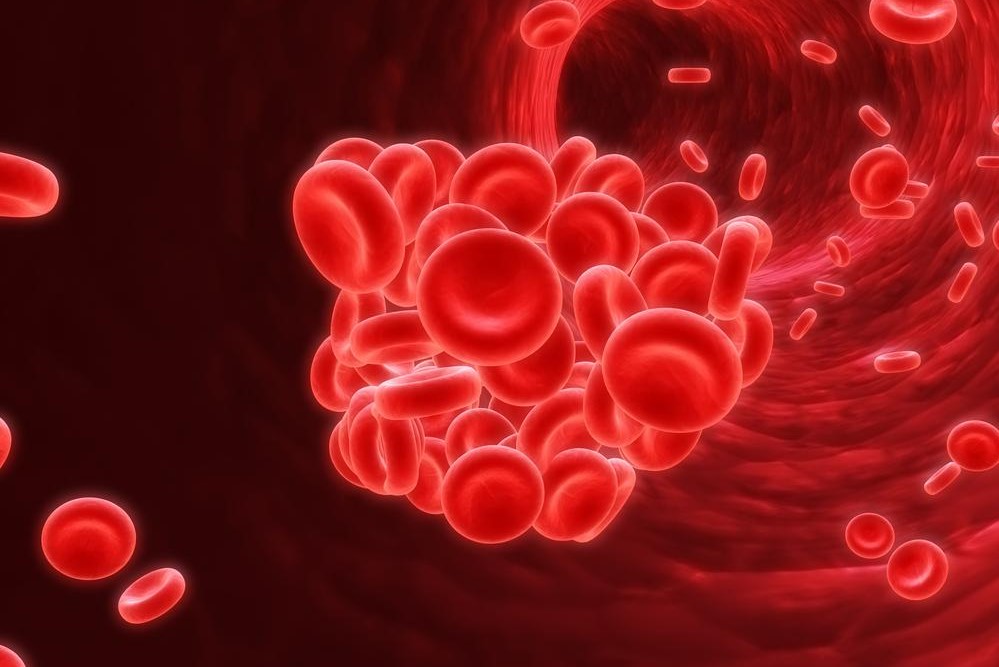Comprehensive Guide to Recognizing and Diagnosing Blood Clots for Better Health
Blood clots can pose severe health threats if not detected early. This detailed guide explains the symptoms based on clot location, risk factors, and diagnostic methods including ultrasound, blood tests, and advanced imaging techniques. Recognizing early signs and seeking prompt medical care are essential steps to prevent strokes, heart attacks, and other dangerous outcomes. Understand who is at risk and learn about the most effective diagnostic tools to ensure timely treatment and improve health outcomes.

Understanding Blood Clots: Symptoms, Risks, and Diagnostic Methods
Blood clots are a natural part of the body's healing process, essential for stopping bleeding after injuries. However, when clots form inside veins or arteries unintentionally, they can pose serious health risks. These abnormal clots can obstruct blood flow, leading to potentially life-threatening conditions such as strokes, heart attacks, and deep vein thrombosis. Recognizing the early signs and understanding how to diagnose blood clots are crucial steps in preventing severe health complications. This comprehensive guide explores the different types of blood clots, their symptoms based on location, risk factors, and the most effective diagnostic techniques used by healthcare professionals.
Blood clots are categorized primarily into venous clots, which develop inside veins, and arterial clots, which form within arteries. Venous Clots, commonly known as deep vein thrombosis (DVT), tend to develop gradually and can be silent initially but become dangerous if they dislodge and travel to other parts of the body such as the lungs, causing pulmonary embolism. Arterial clots, on the other hand, form in arteries that supply oxygen-rich blood to vital organs like the heart and brain, potentially leading to heart attacks and strokes. Immediate detection and treatment are vital to avoid permanent damage or death.
This condition demands immediate medical intervention, as untreated blood clots can lead to devastating consequences such as strokes, pulmonary embolisms, or heart attacks. Ignoring symptoms or delaying diagnosis can have severe repercussions, emphasizing the importance of awareness and prompt action.
Symptoms Spectrum
Blood clots often manifest through a range of symptoms that vary according to their location within the body. Recognizing these signs early can significantly improve treatment outcomes and save lives.
Symptoms of Leg Blood Clots
Deep vein thrombosis (DVT) commonly occurs around the thighs or calves. Typical signs include redness, warmth, noticeable swelling, tenderness, and persistent pain. These symptoms may be subtle initially but can worsen over time. The danger arises when a clot detaches and travels through the bloodstream to vital organs such as the lungs or heart, risking life-threatening embolisms.
Symptoms of Chest Clots
Clots in the pulmonary arteries or coronary arteries may cause sudden chest pain that intensifies with deep breaths, along with rapid heartbeat (tachycardia), shortness of breath, and dizziness. Such symptoms are indicative of serious conditions requiring immediate emergency care, as they may signify pulmonary embolism or myocardial infarction.
Abdominal Clot Symptoms
Clots affecting the mesenteric veins can cause abdominal pain, especially after eating, accompanied by bloating, nausea, and vomiting. If untreated, these clots can lead to tissue death in the intestines, making early diagnosis critical.
Brain Clot Symptoms
Blood clots within the brain or carotid arteries can result in stroke-like symptoms, including weakness or numbness on one side of the body, vision disturbances, speech difficulties, and loss of coordination. Recognizing these signs promptly can be the difference between full recovery and permanent disability.
Some groups are at elevated risk of developing blood clots, including:
Obese individuals
People aged over 60
Individuals with chronic inflammatory diseases
Smokers
Women using oral contraceptives
Pregnant women
Persons with atrial fibrillation
Individuals suffering from cirrhosis
Cancer patients
Additional risk factors include prolonged immobility, such as sitting or bed rest, family history of clotting disorders, or genetic predispositions. Understanding these risks can help in early detection and preventive measures.
Diagnostic Techniques
Accurate and swift diagnosis of blood clots is essential to prevent severe complications. Healthcare providers utilize a variety of tests to confirm the presence and location of clots:
D-Dimer Test
This blood test measures levels of D-Dimer, a protein fragment that indicates abnormal clotting activity. Elevated levels often suggest the presence of clot formation, especially useful in ruling out DVT or pulmonary embolism.
Ultrasound Examination
Using high-frequency sound waves, ultrasound imaging allows visualization of blood flow in veins and helps identify the presence of clots in deep veins, making it a first-line diagnostic tool for DVT.
Venography
If ultrasound results are inconclusive, venography involves injecting a dye into veins followed by X-ray imaging to clearly reveal clots in the leg veins.
Computed Tomography (CT) Scan
CT scans provide highly detailed images to detect blood clots in lungs or other organs, especially useful in diagnosing pulmonary embolism or strokes caused by emboli.
Magnetic Resonance Imaging (MRI)
Offering detailed images of soft tissues, MRI is highly effective in detecting blood vessel blockages and is especially useful for brain and spinal cord imaging.
Echocardiography
This ultrasound-based imaging of the heart is used to identify cardiac clots and assess the heart’s function, especially post-embolic events.
Minor blood clots in immobile or healthy individuals often dissolve naturally without intervention. However, thrombosis in major veins or arteries requires prompt medical attention, including anticoagulant therapy or surgical procedures, to prevent life-threatening complications.





